Startup idea validation template: 6 criteria to validate your startup idea
Startup idea validation template. 6 criteria framework in PowerPoint, Google Slides, and PDF to validate your startup idea.
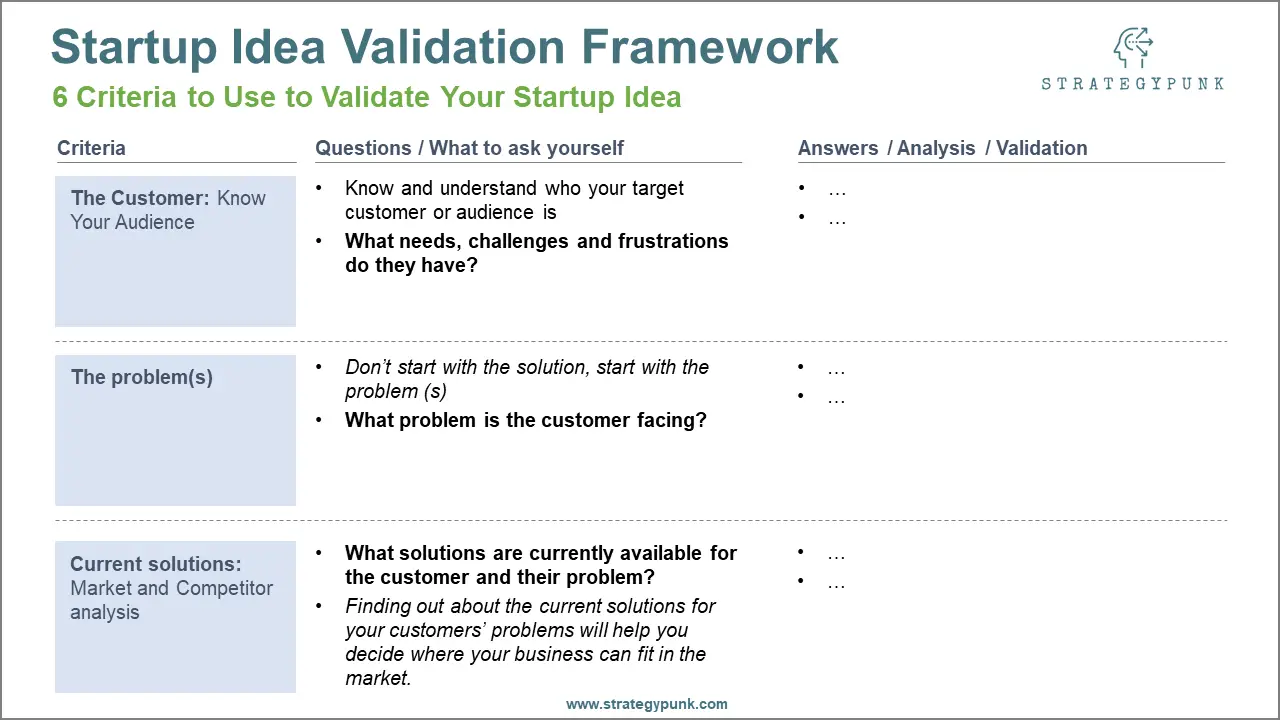
Startup idea validation template. 6 criteria framework in PowerPoint, Google Slides, and PDF to validate your startup idea.

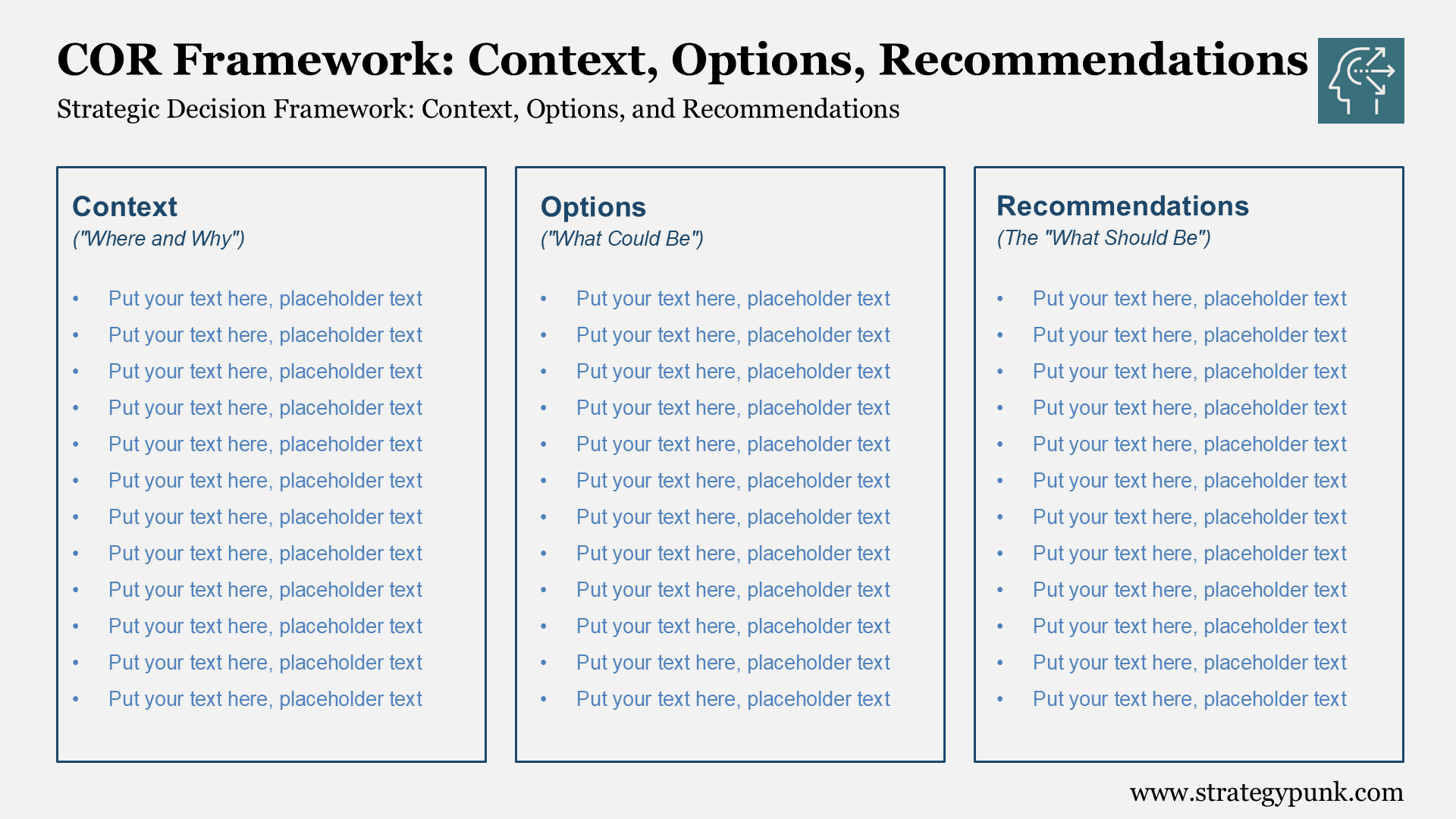
Strategic Decision Framework with Context-Options-Recommendations flow. Build stakeholder consensus effectively. Free PowerPoint template.
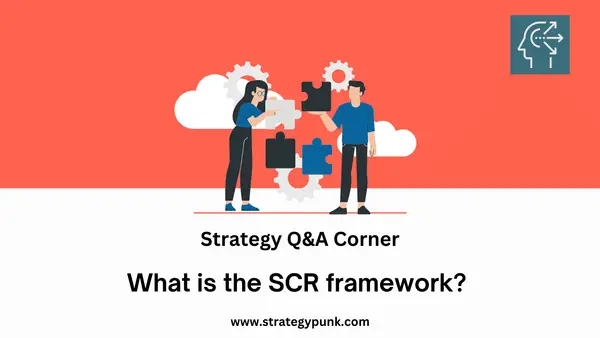
The SCR Framework: A 3-step approach to define business situations, analyze complications, and develop targeted resolutions for effective problem-solving.
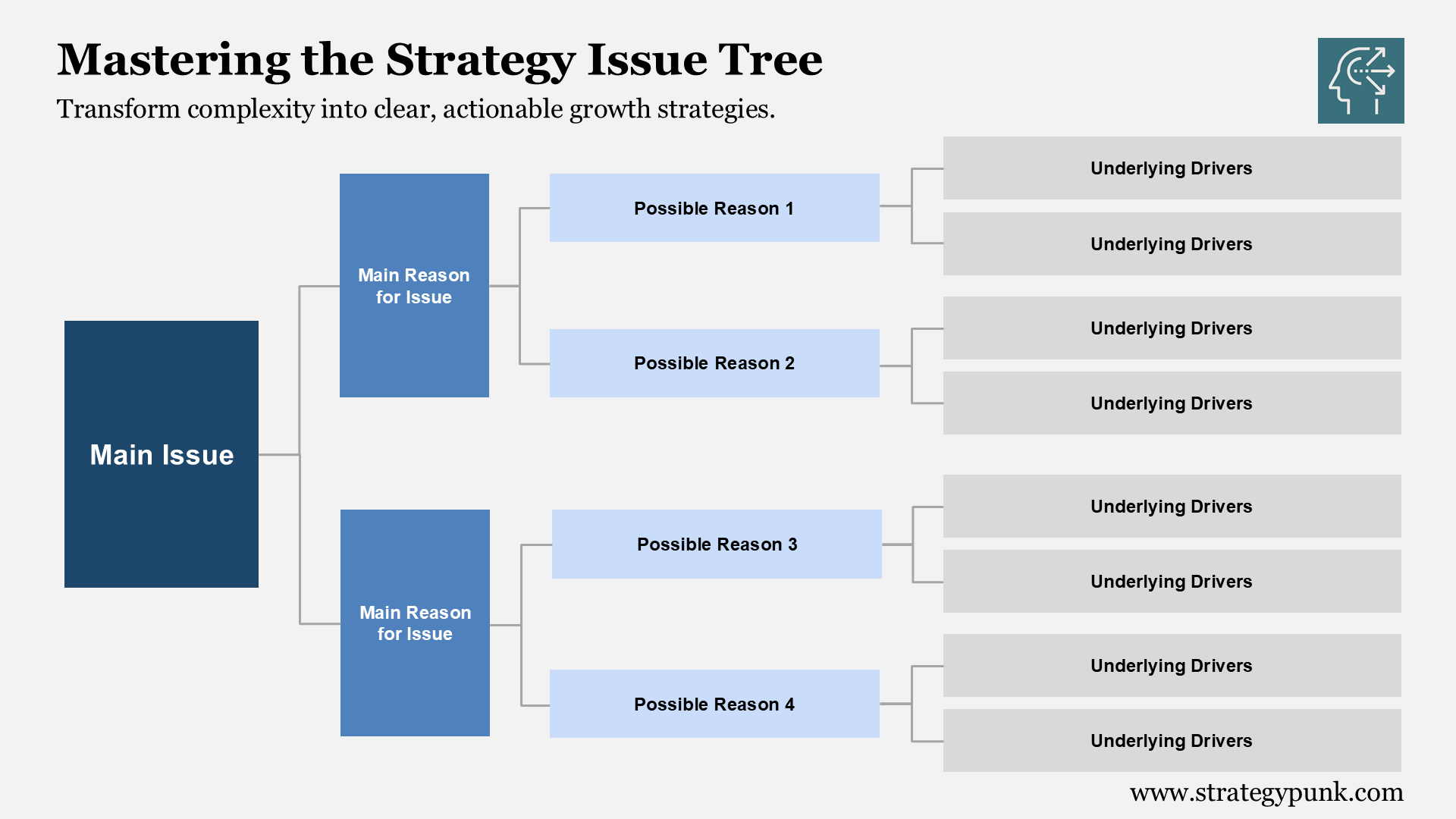
From Complexity to Clarity: The Strategy Issue Tree reveals a proven approach to dissect and solve tough business challenges. Free PPT Template.
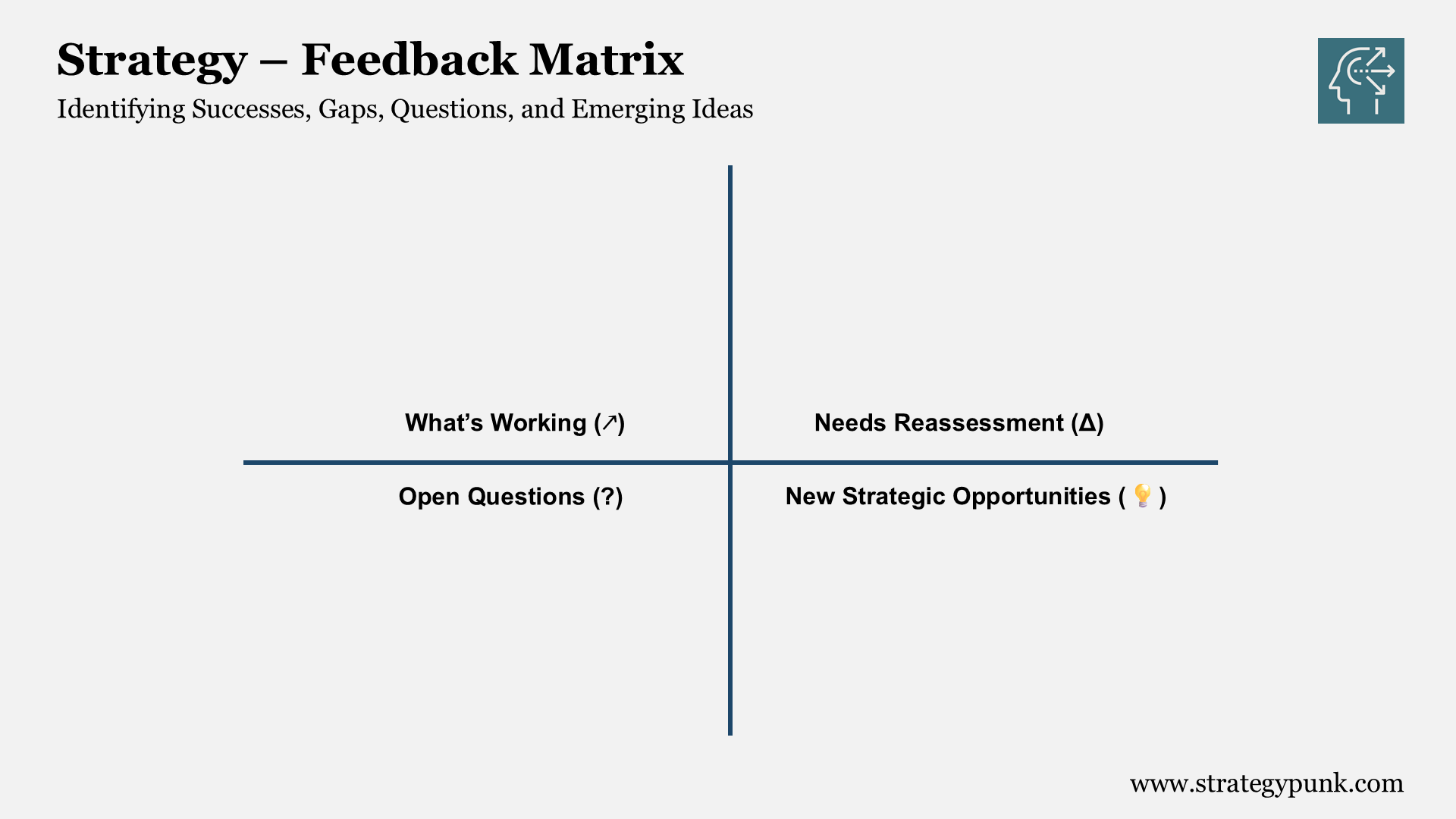
Discover the power of the 2×2 Strategy Feedback Matrix with our free template to streamline your corporate strategy and drive action.